Attar, also known as ittar, is a natural perfume oil derived from botanical sources, typically flowers or herbs. Unlike synthetic perfumes, attars are created through traditional distillation methods and are renowned for their purity, rich scent, and cultural significance. These concentrated oils have been cherished for centuries for their aromatic and therapeutic properties, making them a treasured component in natural fragrances.
The Art of Attar Making
- Traditional Methods
The traditional process of making attar involves the hydro-distillation of flowers, herbs, or other natural materials. This method captures the purest essence of the plant material, resulting in a highly concentrated and fragrant oil. The process begins with collecting fresh flowers or herbs, which are then placed in a copper still along with water. The mixture is heated, and the steam produced carries the essential oils into a receiver, where it condenses into a fragrant liquid.
- Modern Innovations
While traditional methods remain popular, modern innovations have also been incorporated into attar making. Techniques such as solvent extraction and enfleurage are used to capture the delicate aromas of certain flowers that may not be suitable for distillation. These methods allow for a broader range of scents and higher yield, while still maintaining the purity and quality of the attar.
The Extraction Process
- Hydro-distillation
Hydro-distillation is the most common method of extracting attar. This process involves boiling the plant material with water, allowing the steam to carry the essential oils into a condenser. The oil and water are then separated, resulting in a pure and concentrated attar.
- Enfleurage
Enfleurage is a traditional method used for flowers with delicate petals, such as jasmine and tuberose. This technique involves placing the petals on a layer of fat, which absorbs the essential oils. The saturated fat is then washed with alcohol to extract the fragrance, resulting in a highly aromatic attar.
- Solvent Extraction
Solvent extraction is a modern technique used to obtain attar from plant materials that are difficult to distill. This method involves using a solvent to dissolve the essential oils, which are then separated from the solvent through evaporation. The result is a pure and concentrated attar with a strong and lasting fragrance.
Common Ingredients in Attars
- Rose
Rose attar, or “ruh gulab,” is one of the most popular and cherished attars. It is made from the petals of the Damascus rose and is known for its rich, floral scent. Rose attar is often used in perfumery, skincare, and religious rituals due to its soothing and uplifting properties.
- Jasmine
Jasmine attar, or “ruh chameli,” is another widely used attar, prized for its sweet and exotic fragrance. It is made from the flowers of the jasmine plant and is known for its calming and aphrodisiac properties. Jasmine attar is often used in aromatherapy and as a natural perfume.
- Sandalwood
Sandalwood attar, or “Chandan,” is a classic attar known for its woody and earthy scent. It is made from the heartwood of the sandalwood tree and is valued for its calming and grounding properties. Sandalwood attar is often used in religious ceremonies and meditation and as a base note in perfumery.
- Vetiver
Vetiver attar, or “khus,” is made from the roots of the vetiver plant and is known for its deep, earthy fragrance. It has cooling and grounding properties and is often used in aromatherapy and natural perfumery. Vetiver attar is also used in traditional medicine for its therapeutic benefits.
Unique Scent Profiles of Attars
- Floral Attars
Floral attars are made from rose, jasmine, and lotus. These attars have a sweet and fragrant aroma, making them popular in perfumery and aromatherapy. Floral attars are often used to create calming and uplifting blends.
- Herbal Attars
Herbal attars are made from herbs such as basil, mint, and lavender. These attars have a fresh and invigorating scent, making them popular in aromatherapy and natural remedies. Herbal attars are often used to create refreshing and healing blends.
- Woody Attars
Woody attars are made from woods such as sandalwood, cedarwood, and agarwood. These attars have a deep and earthy aroma, making them popular in perfumery and meditation. Woody attars are often used to create grounding and calming blends.
Health Benefits of Attars
- Aromatherapy Uses
Attars are widely used in aromatherapy for their therapeutic properties. They are believed to have calming, uplifting, and healing effects on the mind and body. Floral attars like rose and jasmine are often used to reduce stress and anxiety, while woody attars like sandalwood and vetiver are used to promote relaxation and mental clarity.
- Therapeutic Properties
In addition to their aromatic benefits, attars also have various therapeutic properties. They are often used in traditional medicine to treat ailments such as headaches, insomnia, and respiratory issues. The natural ingredients in attars are believed to have anti-inflammatory, analgesic, and antimicrobial properties, making them valuable in natural remedies and skincare products.
How to Choose Authentic Attar
- Recognizing Genuine Products
When choosing attar, it is essential to recognize genuine products. Authentic attars are made from natural ingredients and are free from synthetic additives. They have a rich and complex scent that evolves over time. Reputable sellers will provide information about the origin and quality of their attars, ensuring transparency and authenticity.
- Avoiding Counterfeits
To avoid purchasing counterfeit attars, it is crucial to buy from established and trustworthy vendors. Checking for certifications and reading reviews can help verify the authenticity of a product. Be cautious of unusually low prices, as genuine attars are often priced higher due to the quality of ingredients and the labor-intensive extraction process.
Best Practices for Applying Attar
- Traditional Techniques
Traditionally, attars are applied sparingly to pulse points such as the wrists, neck, and behind the ears. This method allows the fragrance to diffuse and develop throughout the day. Using a dabbing technique rather than spraying ensures precise application and prevents wastage.
- Modern Applications
In modern times, attars can be used in various ways beyond traditional applications. They can be added to unscented lotions or oils to create personalized body care products. Attars can also be used in diffusers or added to bathwater for an aromatic and therapeutic experience.
Attar vs. Perfume
- Natural vs. Synthetic
One of the main differences between attars and perfumes is natural versus synthetic ingredients. Attars are made from pure botanical sources and are free from synthetic additives, making them suitable for those with sensitive skin or allergies. In contrast, many modern perfumes contain synthetic compounds to mimic natural scents.
- Longevity and Intensity
Attars are known for their longevity and intensity. Due to their concentrated nature, a small amount of attar can last for hours and even days. This contrasts with many synthetic perfumes, which may require frequent reapplication. The natural oils in attars also interact with the skin’s chemistry, creating a unique and personalized scent.
Environmental Impact of Attar Production
- Sustainable Practices
The production of attar involves sustainable practices that respect the environment and natural resources. Traditional methods such as hydro-distillation and enfleurage have minimal environmental impact. Additionally, sustainable cultivation of botanical sources ensures the long-term availability of raw materials for attar production.
- Challenges and Solutions
Despite sustainable practices, attar production faces challenges such as overharvesting and habitat destruction. To address these issues, conservation efforts and ethical sourcing practices are essential. Supporting producers who prioritize sustainability can help preserve the natural environment and ensure the future of attar production.
Popular Attar Blends and Combinations
- Classic Blends
Classic attar blends often combine floral, woody, and herbal notes to create harmonious and balanced fragrances. Popular combinations include rose and sandalwood, jasmine and vetiver, and oud and saffron. These classic blends offer timeless and elegant scents that are cherished across cultures.
- Innovative Mixtures
Innovative attar blends experiment with unconventional ingredients and unique scent profiles. Modern perfumers blend attars with citrus, spice, and gourmand notes to create fresh and contemporary fragrances. These innovative mixtures push the boundaries of traditional perfumery and offer new olfactory experiences.


